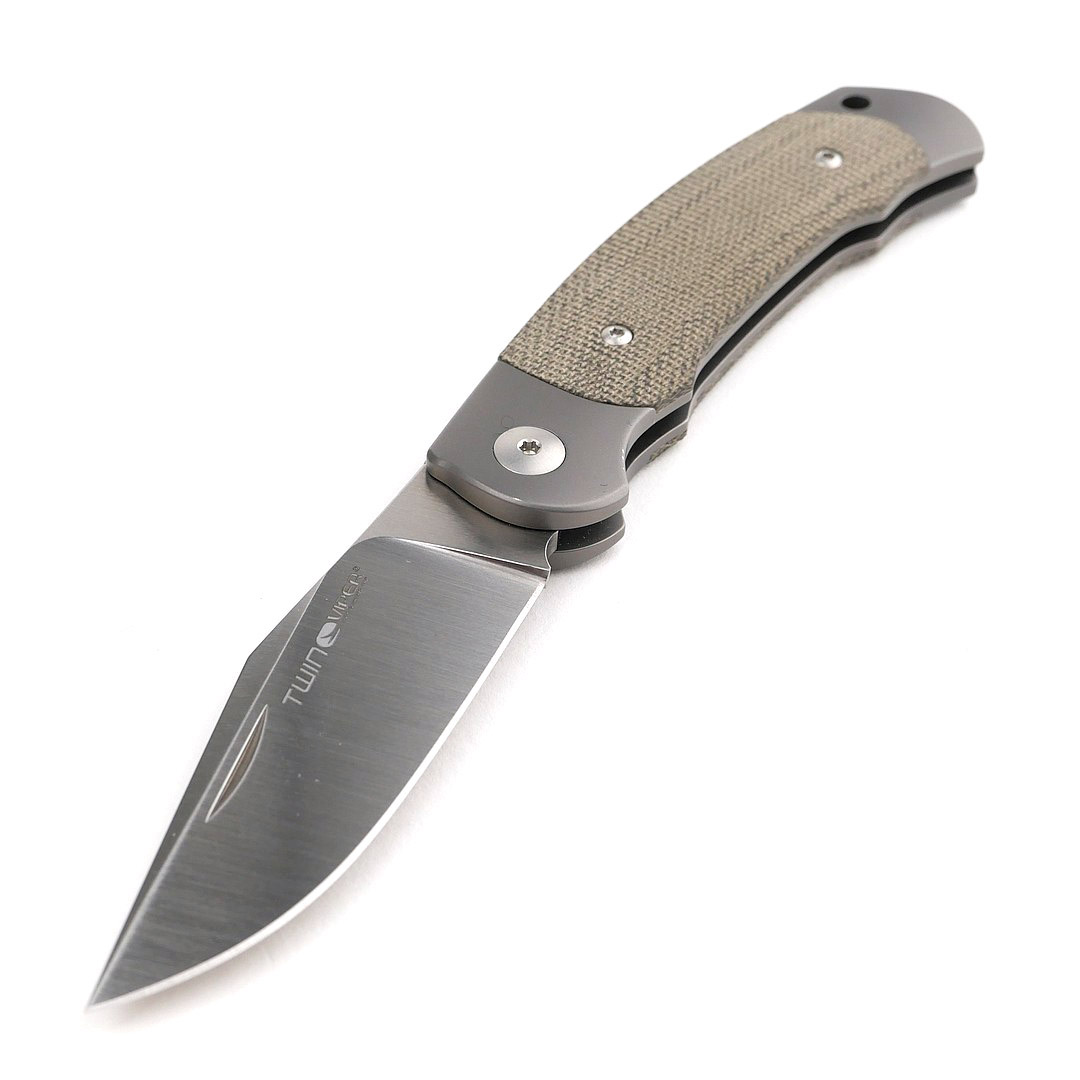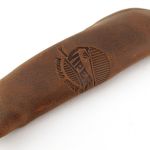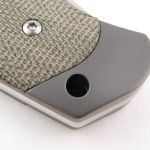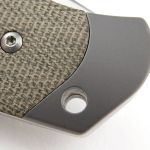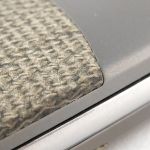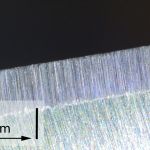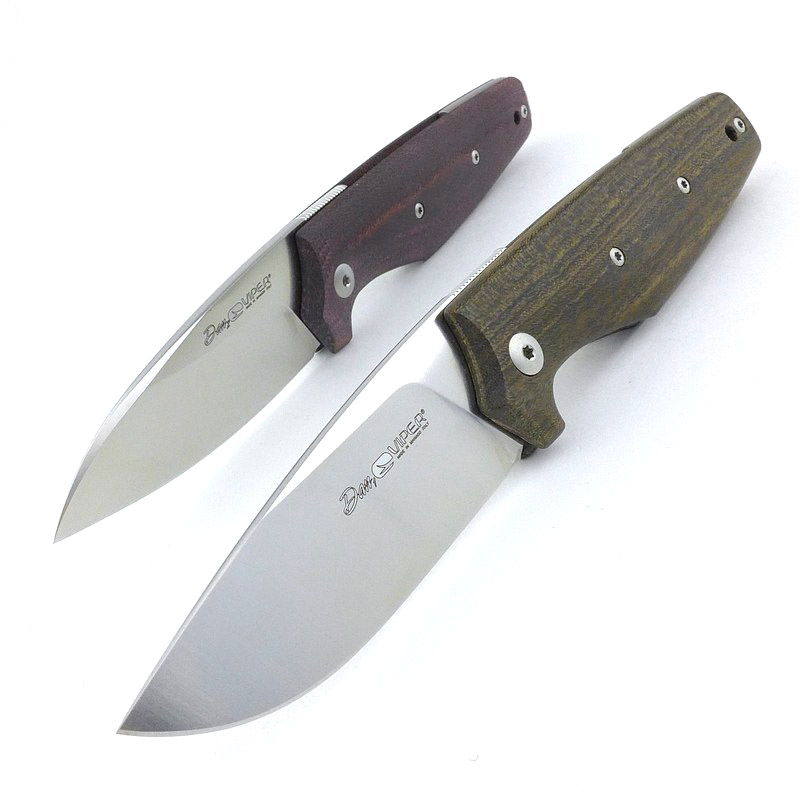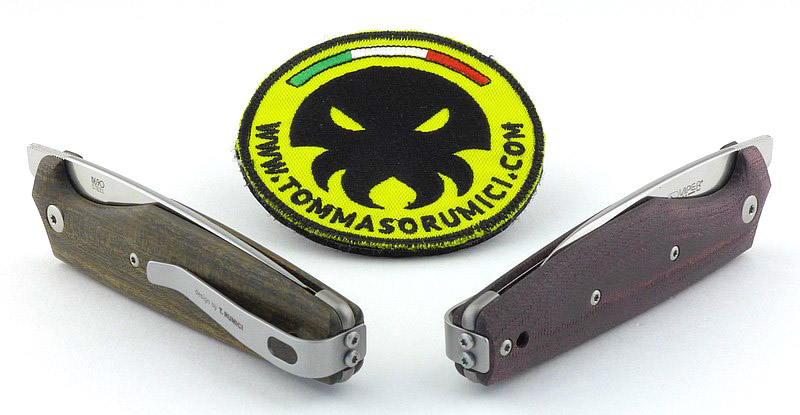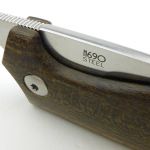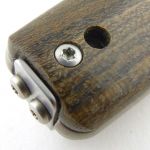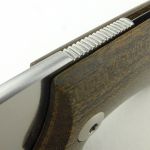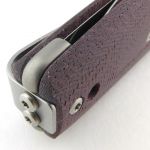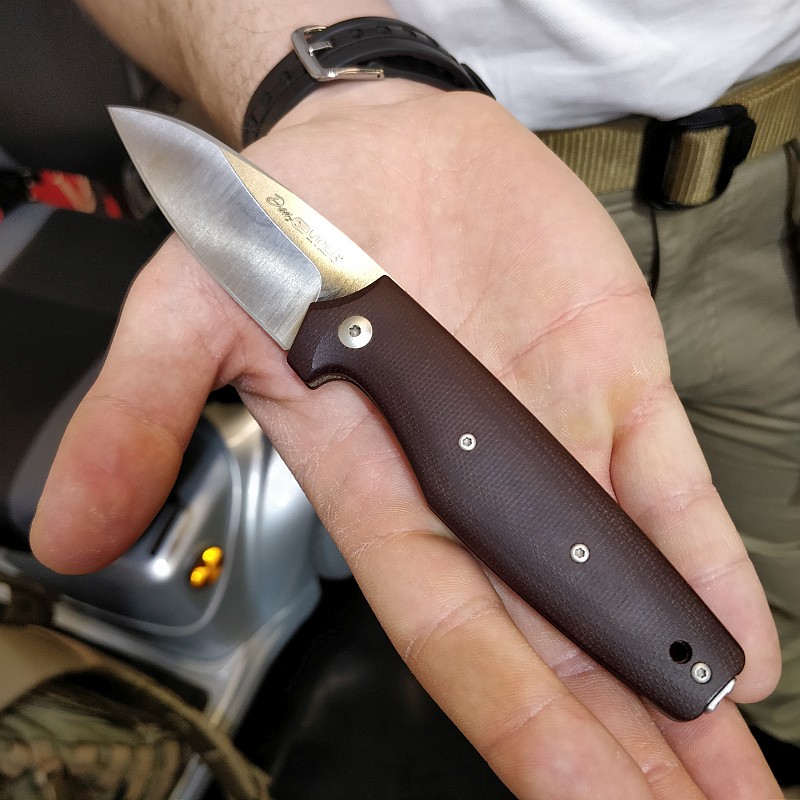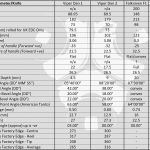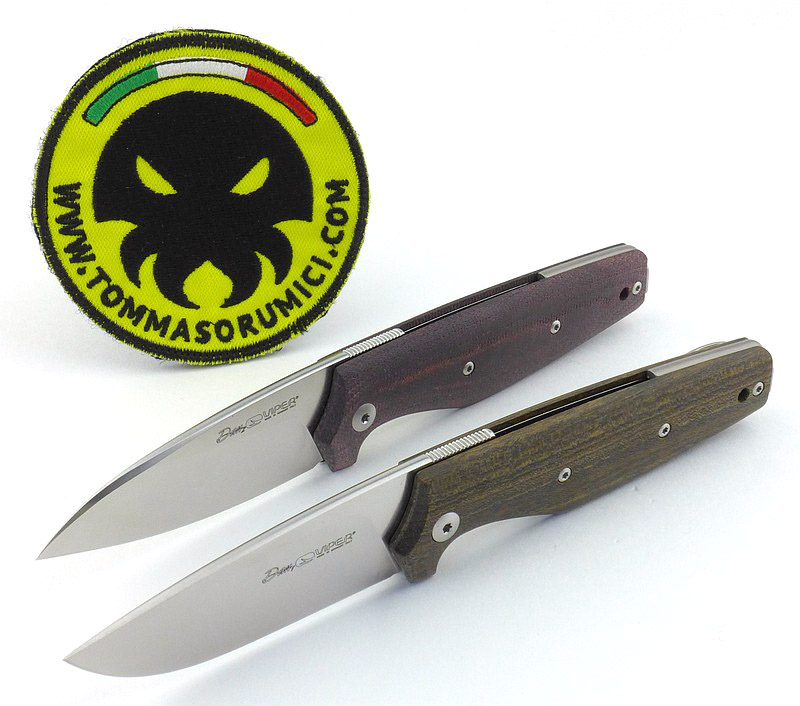In this Viper Twin review we will be taking a detailed look at this new knife. The Twin is a small and elegant slipjoint gentleman’s pocket knife, especially suitable for every day use. It was designed by Fabrizio Silvestrelli who has been collaborating with Viper for years in the development of new knives.
Each of the Twin’s handles are made from one piece of titanium formed into the body, liner and bolsters, making it very strong, and it is offered with a choice of different colours of scale inserts. You can choose from Dark Matter Gold carbon fiber and the ivory G10 or as shown here, the green Canvas micarta. The Twin also comes with a leather slip case.
The blade is made from M390 stainless steel, an excellent combination of edge retention and corrosion resistance. It is non-locking slipjoint design, and the cutting edge is under three inches long making the knife friendly carry in many places.

What’s in the box?:
This is more of a ‘what would have been in the box’ as I don’t have the box. This knife was a display piece at IWA 2024, so you may see a few marks that would not be there on a new knife, and I have only the slip case and knife.
A good look round the Twin – Things to look out for here are:
This gallery is quite a large one, covering all the main aspects of the Twin. Starting with a detail of the pivot bolt in the integral bolster, moving to the other end of the handle with rear integral bolster and lanyard hole. The spacer/back-spring of the Twin is polished making for a stand out feature next to the matt titanium. The fit of the handle scale, and the one-piece construction of each titanium handle can be seen. My personal preference of phosphor-bronze washers are used for the blade pivot.
Swinging out the blade, initially to the half stop. A drop-point with long swedge gives this a powerful look. Focusing in on a few smaller details on the M390 blade, and into the handle. The final image is of the blade tip with factory edge.
The Blade and Handle – Detailed Measurements:
For full details of the tests and measurements carried out and an explanation of the results, see the page – Knife Technical Testing – How It’s Done.
The blade is made from M390 steel.

Being a slipjoint, the blade’s resistance to opening and closing is a key feature. One of the Tactical Review’s tests is to measure the torque required to open and close the blade, and in here including the half stop. This is done using a force meter and applying it to the blade at a set distance from the pivot.

The final measurements are as follows. A crucial factor you can see in these results is that the closing force is significantly higher than the opening force, making the blade stable during use even though it is non-locking.

The Factory edge up close:
Followers of Tactical Reviews will know my views on factory edges, but to recap:
Anyone using a knife will need to sharpen it. That first factory edge is just like the first tank of fuel that a new car comes with (or first charge of the battery).
A good factory edge is a ‘nice to have’ but not a ‘make or break’ for a good knife, as you will be putting your own edge onto it soon enough.
The factory edge does however indicate the care a knife maker has put into the final finish.
It is for this reason Tactical Reviews measures factory edge sharpness and specifications, and includes this information in the detailed technical testing.
As a further look at the factory edge, this section has been added to include some high magnification photos of the factory edges.
There are a few more images than I normally include as I found this knife, despite being a show knife, still had some burrs from the factory sharpening. A quick strop would remove them quickly and this edge was very good, so this is out of interest more than anything else.
What is it like to use?
As a non-locking knife I’m able to properly EDC it, and have been carried this knife for a considerable time. My nails don’t like nail nicks, and I always pinch-open the blade of the Twin, which is reassuringly firm in its action. The size is both easy to carry but also substantial enough you don’t feel it is lacking, certainly not for typical EDC use. The wide flat ground blade makes light work of various jobs and slices well.
This gallery shows it in my XL glove-size hands.
In the last two images in this gallery (one of which is included full size at the end of the review) you can just make out the modification I have made, which for me completes the Twin, and that is adding a sharpening choil. I find that small point detail incredibly useful when I’m doing certain cuts so I’ll often add this feature if it isn’t there.
You might have noticed the review ‘feature image’ makes the blade appear very dark, and then in the review introduction, another similar image with the blade full of light. And just below here is another version somewhere between. Of course the blade is very reflective and the changing light gives very different character to the blade. Though the feature image is absolutely real, it is not really representative of how you see the Twin most of the time, it was however striking and interesting looking, so I put it as the headline feature image for that reason.

With the minor modification I made (adding the sharpening choil), the Twin is a firm favourite of mine and will be difficult to displace from my daily EDC.
Review Summary
The views expressed in this summary table are from the point of view of the reviewer’s personal use. I am not a member of the armed forces and cannot comment on its use beyond a cutting tool or field/hunting knife.
Something that might be a ‘pro’ for one user can be a ‘con’ for another, so the comments are categorised based on my requirements. You should consider all points and if they could be beneficial to you.
_______________________________________________
What doesn’t work so well for me
_______________________________________________
No sharpening choil (but I added one).
_______________________________________________
Things I like
_______________________________________________
Reassuringly firm blade retention torque.
Stable construction.
Polished back-spring detail stands out.
M390 steel giving excellent edge retention.
Slim and easy to carry.
Strong wide blade.
Leather slip case included.
Review Videos
Starting with a short format sixty second review:
Onto a full video review covering many more details:

Discussing the Review:
Something new – will it work? A Tactical Reviews Subreddit.
TacticalReviewsChat on Reddit
Please visit there and start/join the conversation.

